The school environment of the 1970s and 1980s was a vastly different place compared to the educational institutions of today. Back then, the rules and regulations that governed the daily lives of students were often more stringent and, at times, quite surprising by modern standards.
From dress codes that dictated the minutiae of student attire to disciplinary measures that seem severe by contemporary norms, these rules were part of the educational fabric of the time. We’ll explore 13 school rules from the ‘70s and ‘80s that would undoubtedly shock today’s students. As we delve into each rule, we’ll uncover the cultural norms and societal expectations that shaped these unique guidelines, offering a glimpse into a bygone era of education.
1. Strict Dress Codes
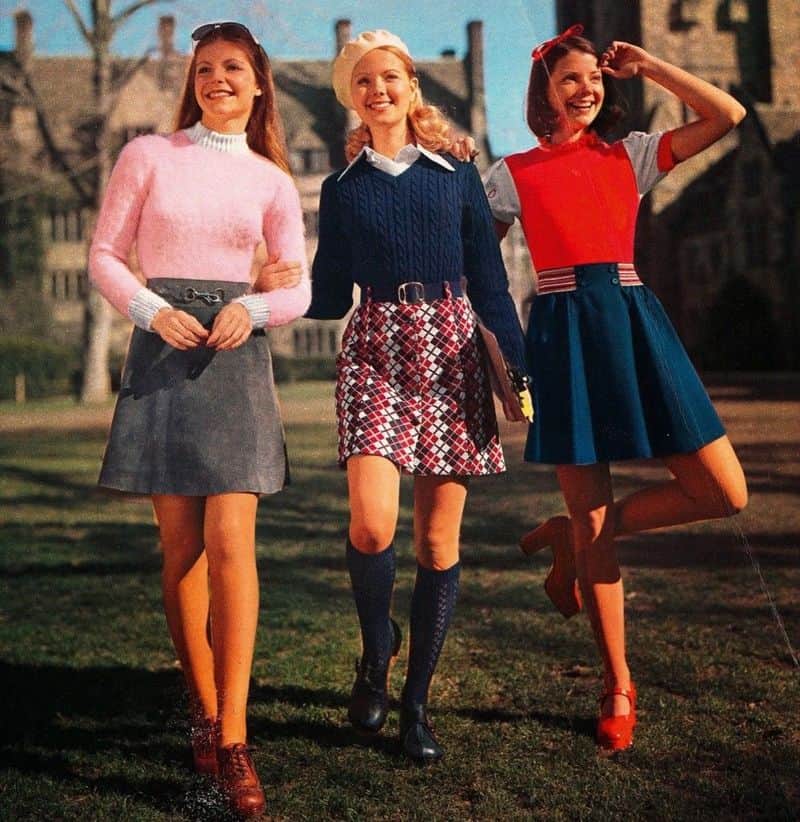
During the 1970s and 1980s, strict dress codes were common in schools. Students had to adhere to specific guidelines that dictated everything from the length of skirts to the style of haircuts. These dress codes were often gender-specific, with girls required to wear dresses or skirts and boys expected to don collared shirts and trousers. Such rules were enforced to maintain a sense of decorum and discipline. Today’s students might find these restrictions puzzling, especially in an era where self-expression through fashion is encouraged. The rigidity of these dress codes reflected the broader societal norms of the time.
2. Corporal Punishment
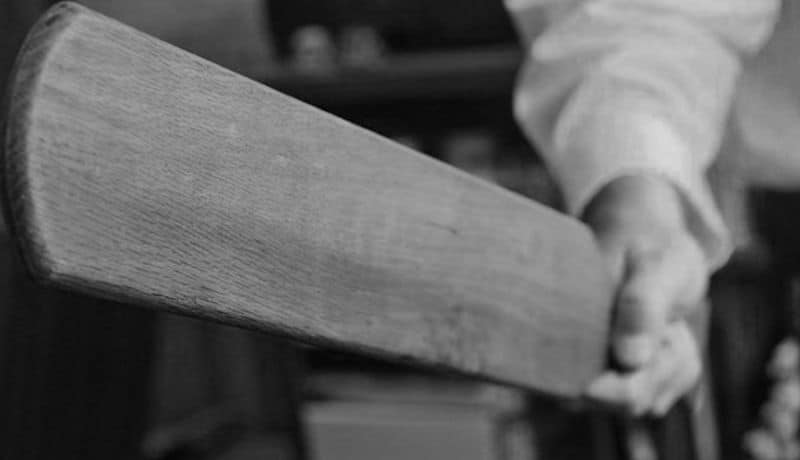
Corporal punishment was a widely accepted disciplinary measure in schools during the ’70s and ’80s. Teachers and principals had the authority to administer physical punishment, such as paddling, to maintain order and discipline. This practice was based on the belief that physical reprimand would deter future misbehavior. While controversial even then, it was considered normal in many regions. Today’s educational environments focus more on constructive and psychological approaches to discipline, making the idea of corporal punishment seem archaic and harsh. The shift reflects a broader change in attitudes towards child welfare and rights.
3. Limited Technology in Classrooms
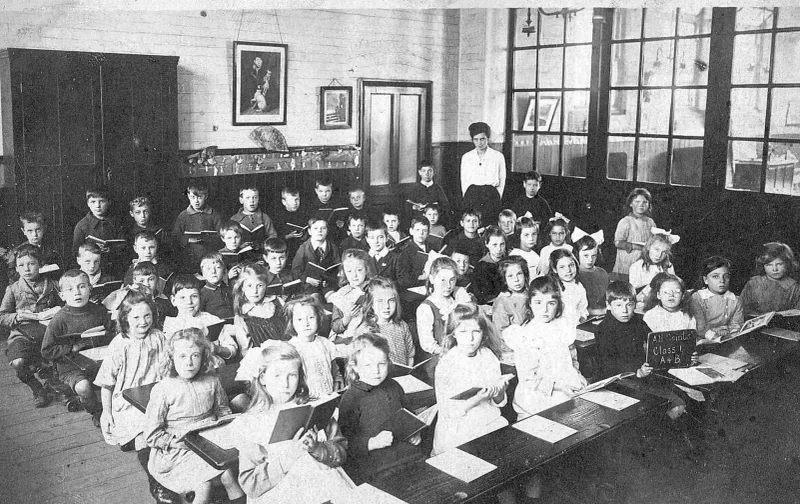
In the ’70s and ’80s, classrooms were devoid of the digital technology we take for granted today. Computers were rare, and lessons were conducted with chalkboards, textbooks, and overhead projectors. Students relied on libraries and physical encyclopedias for research and learning. This lack of technology encouraged different teaching methods and learning experiences. The absence of digital distractions meant that students often focused more intently on their studies. However, the opportunities for tech-enhanced learning and interactive lessons were limited. Today’s students might find it hard to imagine an education without tablets and smartboards.
4. Gender-Specific Classes
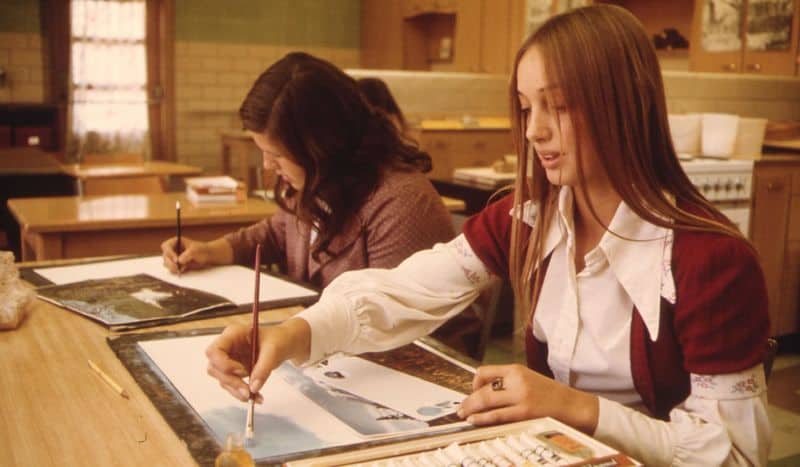
Gender-specific classes were a staple in many schools during the ’70s and ’80s. Boys were typically enrolled in shop classes, learning skills like woodworking and metalwork, while girls took home economics, focusing on cooking and sewing. These classes reinforced traditional gender roles and expectations. While some students enjoyed these courses, others felt constrained by the lack of choice. Today, such gender-specific classes are rare, as educational systems strive for inclusivity and equal opportunities for all students. The evolution reflects changing perceptions about gender roles and the importance of diverse skill sets.
5. Smoking Allowed on School Grounds
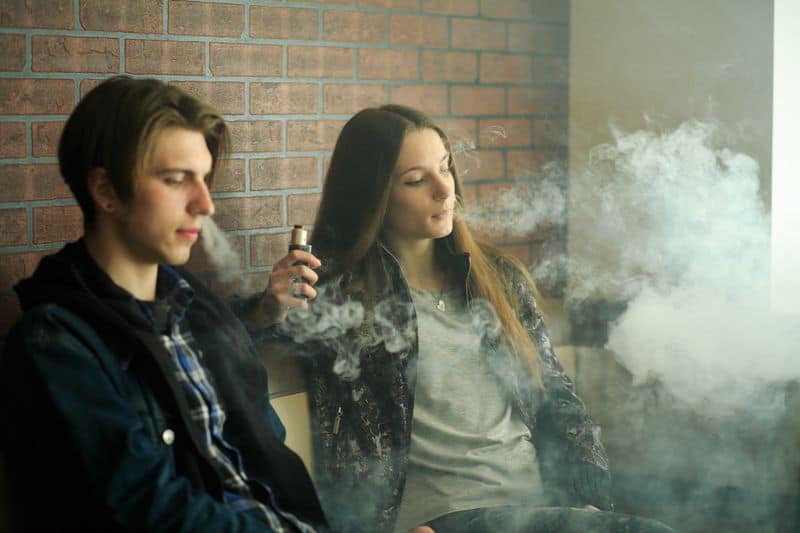
In a surprising throwback to the past, many high schools in the ’70s and ’80s had designated smoking areas for students. It was not uncommon to see teenagers smoking cigarettes during breaks, often supervised by staff. This practice was part of a broader societal acceptance of smoking at the time. Today, the notion of smoking on school grounds is almost unthinkable due to stringent health regulations and a greater understanding of the dangers of smoking. The change highlights the dramatic shift in public health policies and attitudes towards smoking over the decades.
6. No Backpacks Allowed
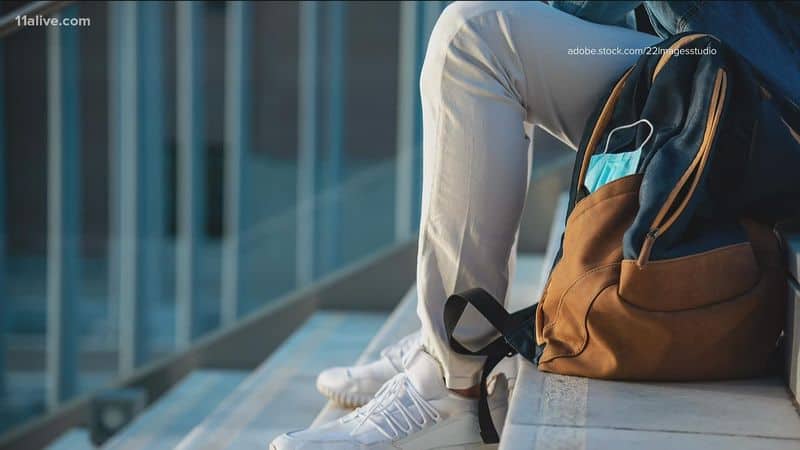
In the ’70s and ’80s, the use of backpacks in schools was rare. Students often carried their books and supplies in their arms or used simple satchels. The absence of backpacks was due to concerns about contraband and maintaining a tidy appearance. This made managing books and materials more challenging, especially for students with a heavy workload. Today, backpacks are an essential part of student life, providing convenience and ease of transport. The shift towards allowing backpacks reflects changes in practical needs and a focus on student comfort and efficiency.
7. Mandatory Physical Education Uniforms
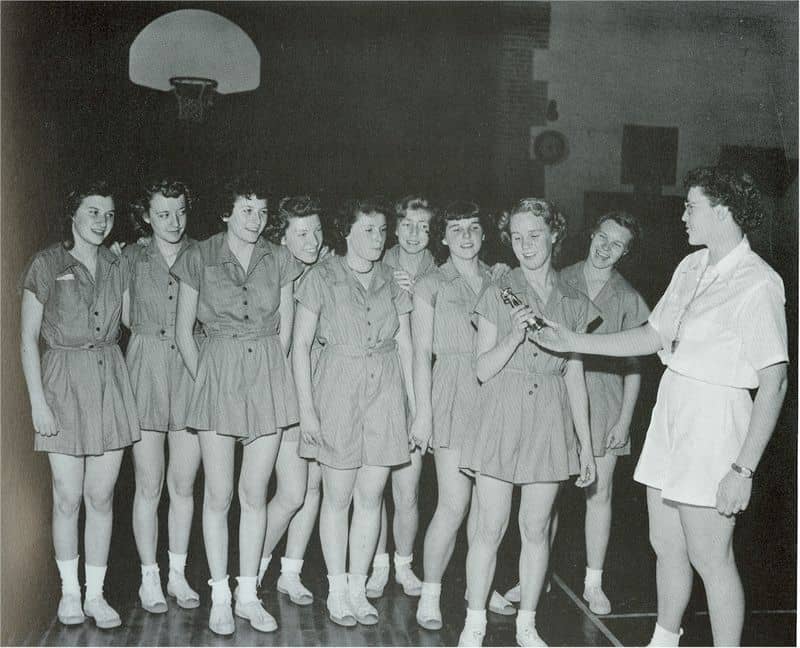
Physical education classes in the ’70s and ’80s often required mandatory uniforms for all students. These uniforms typically consisted of plain T-shirts and shorts, often color-coded by school. The aim was to promote team spirit and equality among students. However, for some, the uniforms were uncomfortable and unflattering, adding stress to gym class. Today, while some schools still require PE uniforms, there is often more flexibility in attire, reflecting a broader acceptance of individuality and comfort in school environments. The change signifies a shift towards accommodating personal preferences and enhancing student well-being.
8. Silent Lunches

Silent lunches were a common practice in schools during the ’70s and ’80s. Students were expected to eat their meals in near silence, with teachers or monitors ensuring compliance. This rule was intended to instill discipline and minimize chaos during lunch periods. However, it often stifled social interaction and made lunchtime a less enjoyable experience for many students. Today, lunch periods are typically more relaxed, allowing students to socialize freely. This evolution reflects a greater understanding of the importance of social interaction in student development and well-being.
9. Hair Length Regulations
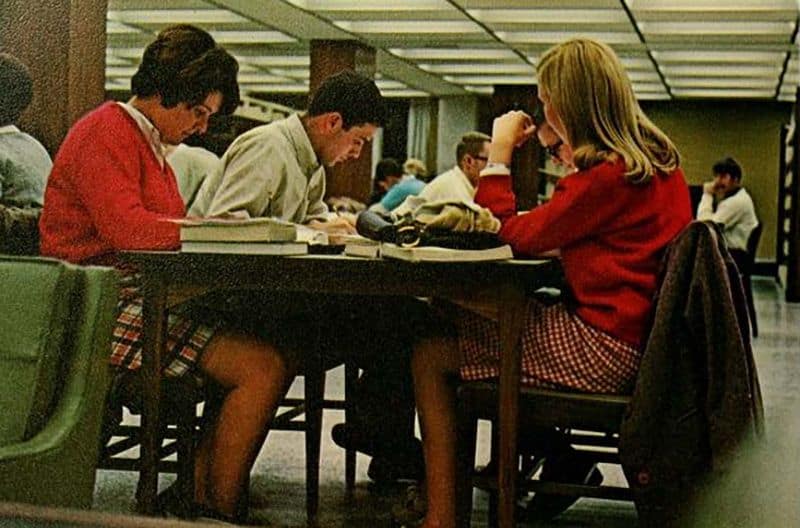
In the ’70s and ’80s, many schools imposed strict regulations on hair length, especially for boys. Hair had to be kept short and neat, following specific guidelines set by the school administration. The rules aimed to maintain discipline and uphold a certain image of the student body. These hair policies often clashed with the popular long hairstyles of the era, leading to conflicts between students and school authorities. Today, personal grooming is largely left to individual choice, reflecting a shift towards greater self-expression and acceptance of diverse styles. This change highlights evolving societal norms and attitudes.
10. Limited Classroom Supplies
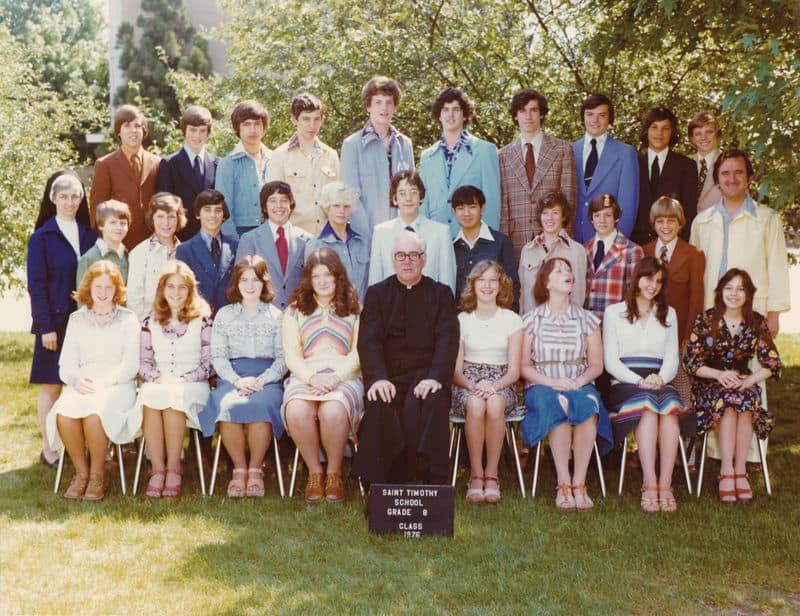
Classrooms in the ’70s and ’80s often had limited supplies, with students frequently sharing materials like textbooks and art supplies. Budget constraints and different educational priorities meant that resources were scarce by today’s standards. This scarcity fostered creativity and resourcefulness among students and teachers alike, as they found ways to make the most of what was available. While today’s classrooms are generally better equipped, the experience of working with limited supplies taught valuable lessons about collaboration and innovation. The contrast underscores changes in educational funding and the prioritization of resources.
11. Strict Attendance Policies
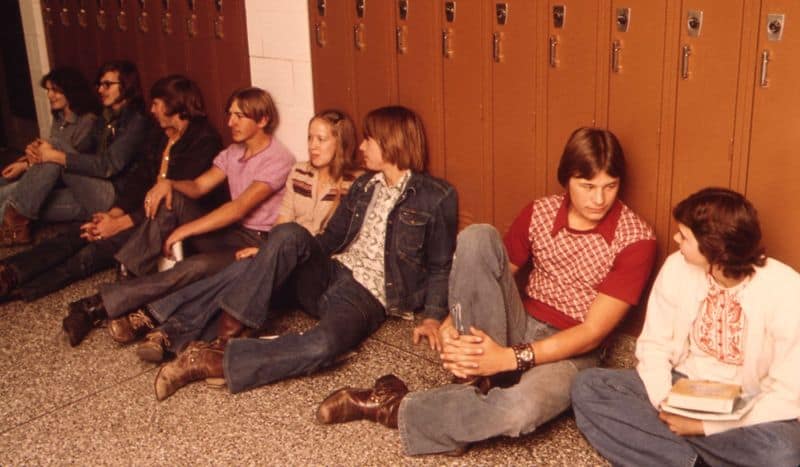
Attendance policies in the ’70s and ’80s were often strict, with little tolerance for unexcused absences. Students were expected to maintain perfect or near-perfect attendance, and absences required formal explanations from parents or guardians. This emphasis on attendance was part of a broader focus on diligence and responsibility. While attendance remains important today, there is often more flexibility and understanding regarding absences due to illness or personal circumstances. The evolution of attendance policies reflects a greater awareness of student health and well-being, balancing academic priorities with personal needs.
12. Limited Extracurricular Activities
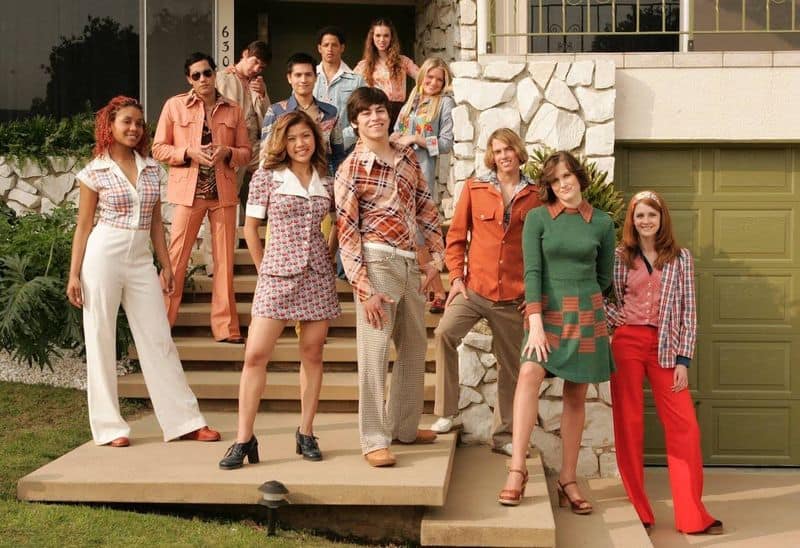
Extracurricular activities in the ’70s and ’80s were often limited to traditional options like sports teams, drama clubs, and music groups. Schools offered fewer diverse opportunities compared to today, where students have access to a wide array of clubs and activities catering to various interests. This limited exposure meant students often had to seek out interests and hobbies outside of school. The expansion of extracurricular options in modern schools highlights the importance of providing students with holistic educational experiences. It reflects a broader understanding of the role of extracurriculars in personal and academic development.
13. Chalkboards and Chalk
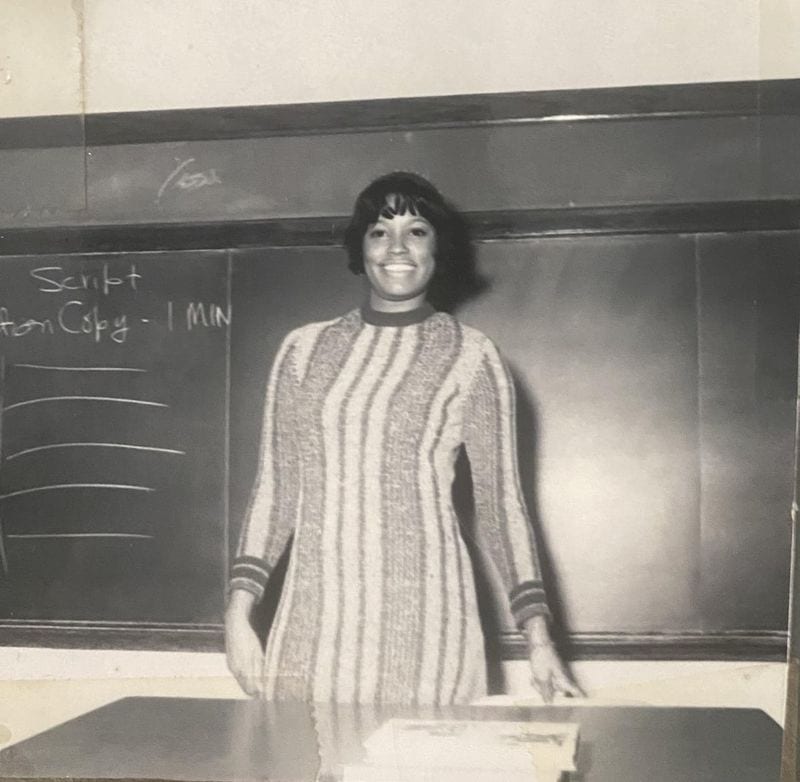
Classrooms in the ’70s and ’80s predominantly used chalkboards and chalk for teaching. Teachers would write lessons and notes on the board, and students would copy them into their notebooks. This method, while effective, often led to dusty classrooms and limited visual engagement. The tactile experience of using chalkboards is a fond memory for some, but today’s classrooms have largely replaced them with whiteboards and digital displays. The transition to more modern teaching tools reflects advancements in educational technology and a focus on creating more interactive and engaging learning environments.
14. Morning Pledges and Patriotic Rituals
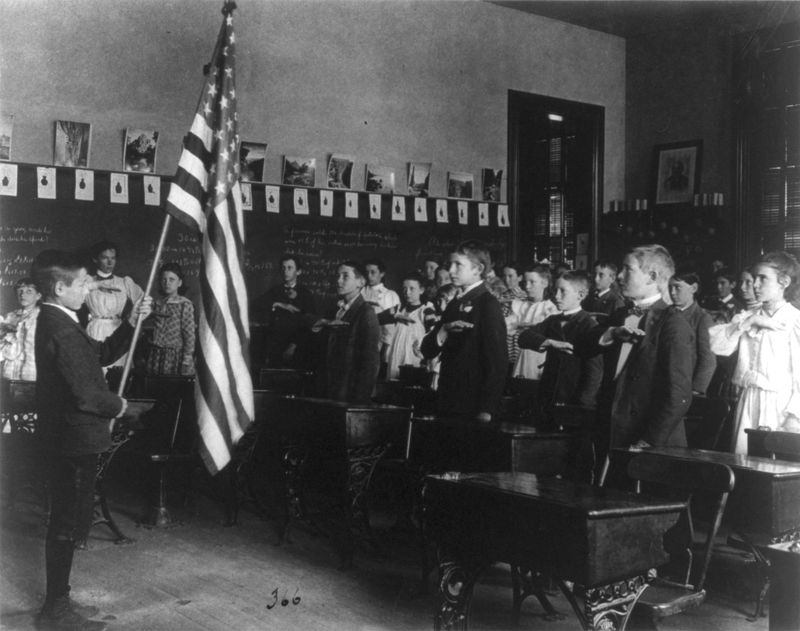
In many schools during the 1970s and 1980s, students began their day with patriotic rituals such as standing for the national anthem or reciting the Pledge of Allegiance—often with a hand over the heart and in unison. Participation was expected, and in some places, opting out was discouraged or even questioned.
These rituals were seen as essential in fostering national pride and unity. Today, while some schools continue the tradition, it’s not universally enforced, and students often have the right to opt out for personal or religious reasons. This shift reflects changing attitudes toward civic expression and individual freedoms in educational settings.

Well, hello there!
My name is Jennifer. Besides being an orthodontist, I am a mother to 3 playful boys. In this motherhood journey, I can say I will never know everything. That’s why I always strive to read a lot, and that’s why I started writing about all the smithereens I came across so that you can have everything in one place! Enjoy and stay positive; you’ve got this!

